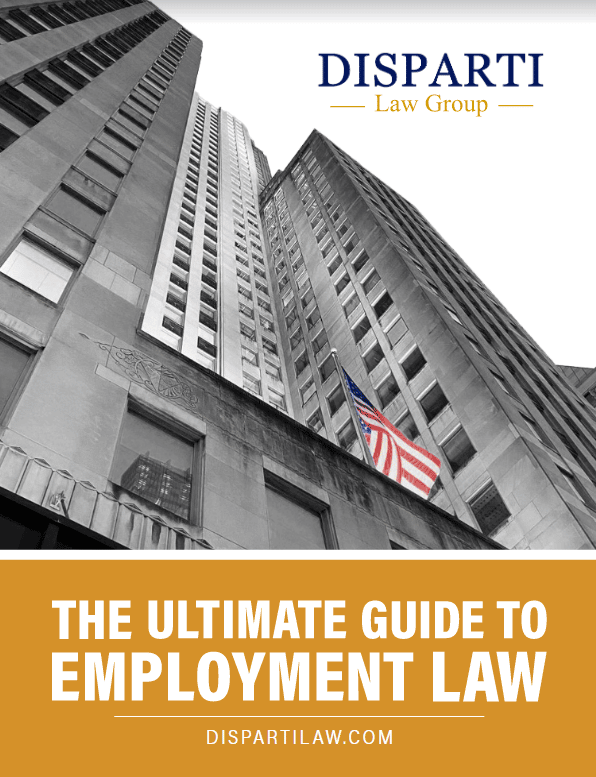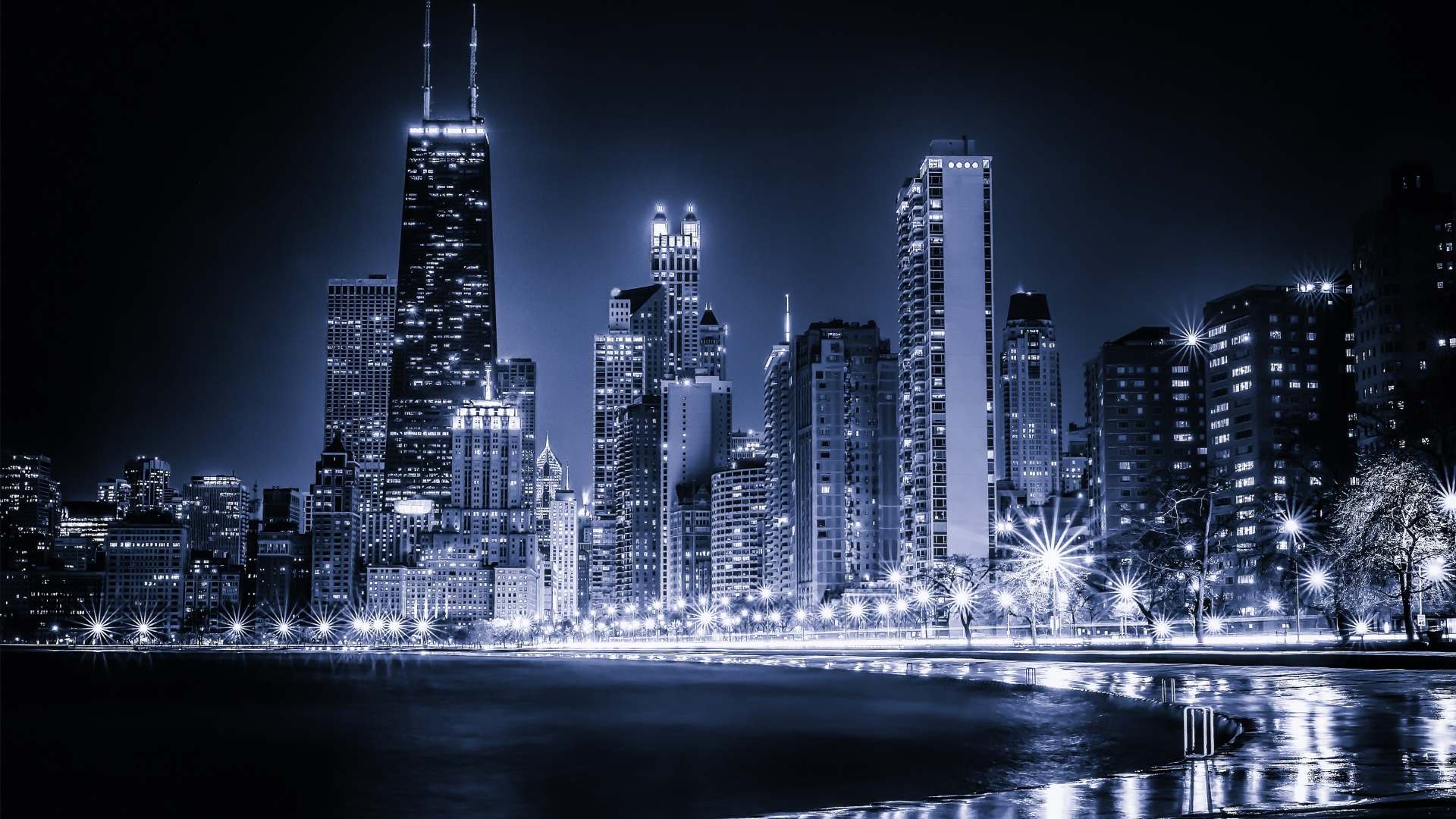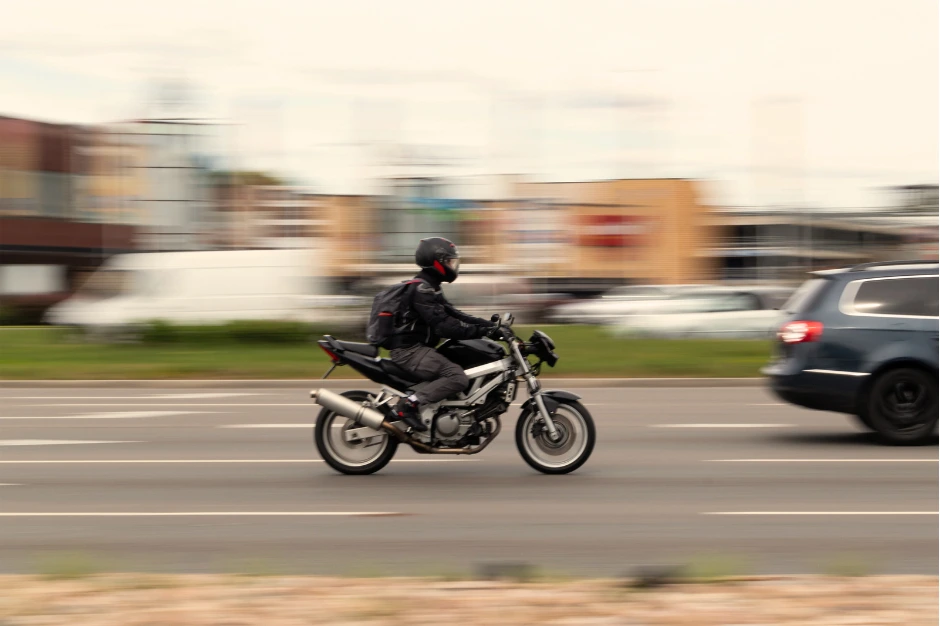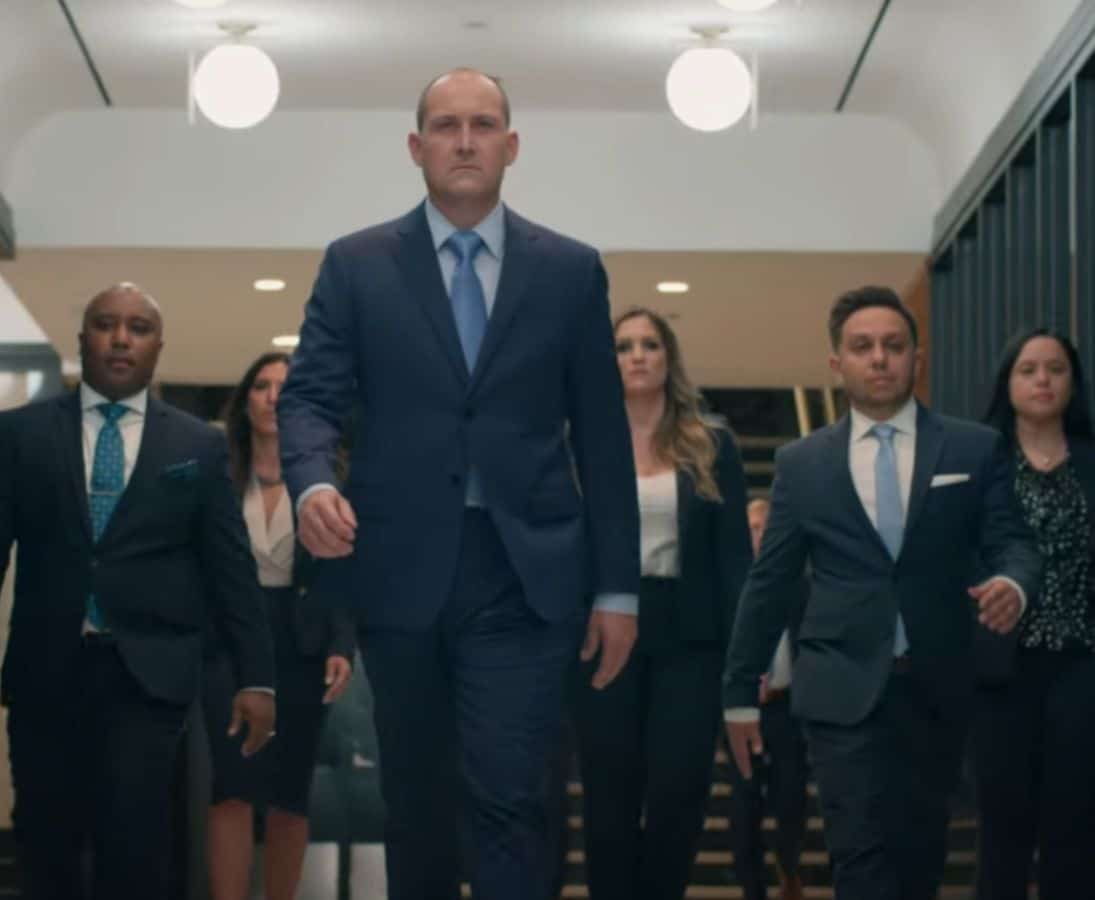Chicago motorcycle riders should know the difference between lane splitting vs lane filtering and whether they are illegal maneuvers in Chicago.
Keep reading to know your rights and how to stay safe as you hit the road this season.
In This Article:
- What is Lane Splitting vs Lane Filtering?
- Possible Risks Associated with Lane Splitting and Lane Filtering
- Is Lane Splitting Legal in Chicago?
- Possible Advantages Associated with Lane Splitting and Lane Filtering
- What to Do After a Lane Splitting Motorcycle Accident
- How Can a Motorcycle Accident Lawyer Help?
What is Lane Splitting vs Lane Filtering?
Lane splitting is when a motorcyclist rides along the lines between two other moving motor vehicles in separate lanes. This is often done at higher speeds. Motorcyclists may attempt this maneuver to bypass traffic, move away from other vehicles, or avoid hazards.
Lane filtering is similar to lane splitting. It’s when a motorcyclist rides along the painted lines between two vehicles in separate lanes to get in front of stopped or slow traffic. This is usually done at slower speeds. Riders may filter lanes to find gaps to move forward through traffic.
Is Lane Splitting vs Lane Filtering Legal in Illinois?
In Illinois, lane splitting and lane filtering are both illegal. Illinois statute 625 ILCS 5/11-703 explicitly states:
“The driver of a 2 wheeled vehicle may not, in passing upon the left of any vehicle proceeding in the same direction, pass upon the right of any vehicle proceeding in the same direction unless there is an unobstructed lane of traffic available to permit such passing maneuver safely.”
Risks Associated With Lane Splitting
Motorcycle lane splitting is illegal in many states because of the risks associated with this maneuver.
Proximity to other vehicles
In both lane filtering and lane splitting, close proximity to other vehicles can make it difficult for motorists to anticipate the others’ movements.
When motorcyclists ride between the lanes, they may not have time or room to react to hazards such as sudden lane changes or unexpected vehicle doors opening. They may also find themselves in a driver’s blind spot, increasing their risk of being sideswiped.
Road rage
Another risk is the potential for road rage and aggression from other drivers. Lane splitting can be startling and frustrating for some drivers. Anyone familiar with Chicago drivers knows that road rage is not something to be taken lightly.
Chicago riders who split or filter lanes should anticipate potential hostility and ride defensively to minimize the risk of confrontations. The best and safest option is to avoid the maneuver unless absolutely necessary.
Broken and uneven roads
Chicago roads are a hazard of their own with large potholes, sudden lane changes, and debris. Lane splitting at higher speeds becomes extremely dangerous when road conditions are unpredictable.
Weather conditions
Poor weather conditions, such as rain or snow, can increase the risk of accidents. Reduced visibility and slippery road surfaces make it more difficult for both motorcycle riders and other motorists to react and make safe decisions.
Advantages of Lane Splitting and Lane Filtering
While many states have made lane filtering and lane splitting illegal, some have chosen to legalize the maneuver.
Some argue that making lane splitting and lane filtering legal will improve motorcycle safety. The American Motorcyclists Association, for example, endorses lane splitting and lane filtering.
Alleviate traffic congestion
Lane filtering, when done safely, can be a means to alleviate traffic congestion and improve the efficiency of motorcycle commuting.
Emergency escape route
A motorcyclist would have a way to escape when trapped between two vehicles in stopped or slow-moving traffic. This has been shown to help reduce motorcycle accidents caused by rear-ending in states like California, where lane splitting is legal.
Reduce rear-end accidents
Lane filtering, which is often done at lower speeds in stopped traffic, may slightly reduce crash frequencies compared to staying within the lane and stopping and starting with traffic.
What About Lane Sharing?
While lane splitting is illegal in Illinois, lane sharing is not. It’s easy to confuse the two, but lane sharing is when two motorcyclists can share the same lane, riding side-by-side. Motorcyclists who share a lane often stagger their position, which is generally safer than riding directly next to one another.
Note that only two motorcyclists are allowed to share a lane. Any more than that is extremely hazardous and not advisable due to the average width of most lanes.
What to Do After A Lane Splitting Motorcycle Accident
If you are partially at fault in a motorcycle accident while filtering or splitting between lanes, you may still be owed compensation because Illinois is a comparative fault state. This simply means that a motorist can still collect damages in a motorcycle accident if they are less than 51% at fault.
1. Prioritize your health and safety. Get to a safe location away from traffic right away and call for medical assistance. Even if you feel fine, you should still see a medical professional, as some injuries can be harder to spot.
It will also be helpful to have documentation of your injuries for insurance or in case you are owed compensation.
2. Gather information. Next, gather contact and insurance information from the other parties involved, as well as any witnesses who may have been present.
3. File a police report. Even for minor accidents, be sure to file a police report at your local precinct. When you speak to the police, do your best to tell your side of what happened, but be mindful of what you say and avoid making any admissions of guilt.
How Can a Motorcycle Accident Lawyer Help?
Before speaking with an insurance company, you may consider contacting an experienced motorcycle accident attorney who can advise you on your case.
Since lane splitting is illegal, having an attorney in your corner can make all the difference in case you are only partially at fault for the accident and may still be owed compensation.
Contact Disparti Law Group Accident & Injury Lawyers today for a FREE case review. We are committed to raising awareness for motorcycle safety, and we know how to win motorcycle accident cases. Call (312) 600-6000.

Chicago Personal Injury Law FAQs
What Is Considered A Personal Injury Case?
An accident that causes physical, emotional, or financial harm can be considered a personal injury case. These cases often involve car accidents, truck collisions, motorcycle crashes, workplace injuries, slip and fall accidents, or even medical malpractice. If another person, company, or institution acted carelessly and caused your injury, you may be entitled to seek compensation. Damages can cover medical bills, lost wages, property damage, and even pain and suffering.
Can I File A Claim If I’m Partly At Fault?
Yes, you can. Illinois follows a comparative fault system, which means you can still recover damages if you are less than 51% at fault for the accident. However, your compensation is reduced by your percentage of fault. For instance, if you are awarded $100,000 but found 20% responsible, your recovery would be reduced to $80,000. Because fault can be disputed, it’s wise to work with an attorney who may help present your case fairly.
How Long Do I Have To File A Personal Injury Claim In Chicago?
In Illinois, the statute of limitations for most personal injury claims is two years from the date of the accident. This timeline applies to car accidents, slips and falls, and many other types of injury claims. If you miss this window, the court may refuse to hear your case, and you could lose your right to compensation. Certain exceptions exist, such as for minors or in cases where the injury wasn’t immediately discovered, but waiting too long can put your claim at risk.
Do I Need A Lawyer For A Personal Injury Claim?
Yes, having a lawyer is highly recommended. While you can technically handle a claim on your own, insurance companies often try to settle quickly and for as little money as possible. A personal injury attorney understands how to calculate the full value of your claim, negotiate with insurers, and take the case to court if needed. The Disparti Law Group Accident & Injury Lawyers has recovered more than $1 billion for clients, and our experience can make a difference in getting the compensation you deserve.
What Should I Do After A Motorcycle Accident In Chicago?
First, prioritize your health and safety. Move out of traffic if possible and call for medical assistance. Even if you don’t feel badly hurt, it’s important to get checked, since some injuries are not immediately obvious. Next, gather contact and insurance details from all parties involved, take photos of the scene, and file a police report. Because lane splitting and lane filtering are illegal in Illinois, insurance companies may try to deny claims after motorcycle accidents. An attorney may help prove liability, protect your rights, and pursue compensation for your injuries and losses.
Get Help From Chicago’s Trusted Injury Lawyers
If you’ve been injured in Chicago, you don’t have to face the process alone. The Disparti Law Group Accident & Injury Lawyers is one of the most successful law firms serving the greater Chicago and Tampa areas. As the leader in Injury, Disability, Workers’ Comp, and Employment Law—with more than $1 billion recovered—we’ve been named one of the Most Influential Law Firms in America by Trial Lawyer Magazine. We offer free case evaluations and are committed to fighting for accident victims. Contact us today and take the first step toward protecting your rights and your recovery.










